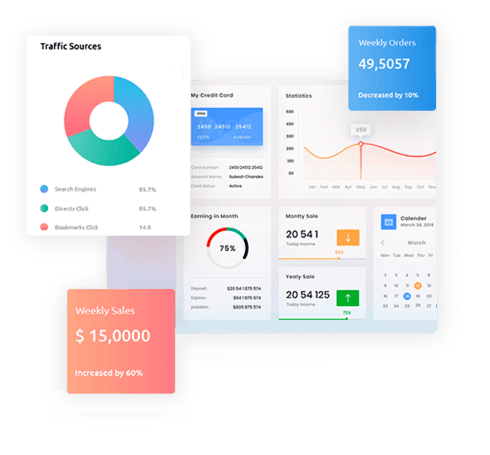Mobile App Testing
Mobile applications continue to be at the heart of every company’s digital strategy and presence, regardless of its size or niche. We at DigitalDyna, with our expert mobile testing services, assist you in ensuring that your mobile apps operate and produce at their best across a wide range of platforms, devices, and networks.


